The Samsung Galaxy Note 5 marked a significant evolution in Samsung's phablet lineup when it debuted in 2015. Bridging the gap between productivity and premium design, it refined the Note series' identity with a sleeker build, a more intuitive S Pen, and hardware that pushed boundaries for its time. While no longer a flagship by today's standards, it remains a fascinating case study in how Samsung balanced power and elegance before the era of foldables.
At first glance, the Galaxy Note 5 ditched the faux-leather back and plastic seams of its predecessor for a unibody glass-and-metal design that felt decidedly more "grown-up." The 5.7-inch Quad HD Super AMOLED display (2560 x 1440 resolution) was stunning, with deep blacks and vibrant colors that made binge-watching or sketching with the S Pen a joy. Critics praised its slim 7.6mm profile and 171g weight, though the glossy back was a fingerprint magnet. The curved edges of the glass backplate made it comfortable to hold but also contributed to its infamous "slippery" reputation—a trade-off for aesthetics.
Where the Note 5 truly shined was its S Pen integration. The upgraded stylus featured a clickable mechanism that ejected it smoothly from the bottom of the device (a design choice later abandoned due to user complaints about accidental insertions). Pressure sensitivity doubled to 2048 levels, rivaling dedicated drawing tablets. New software tricks like "Screen Off Memo" let users jot notes instantly without unlocking the phone—a boon for impromptu brainstorming. However, the S Pen's inverted placement (tip-first when ejected) frustrated some longtime Note users accustomed to the older design.
Under the hood, the Exynos 7420 octa-core processor (or Snapdragon 810 in select markets) paired with 4GB of RAM delivered buttery performance in 2015. Multitasking between split-screen apps or editing 4K video was seamless, though heavy gaming could induce thermal throttling. Storage options maxed out at 64GB—a limitation exacerbated by the controversial removal of the microSD card slot, which sparked backlash from power users. The 3000mAh battery was adequate for a day of moderate use but paled in comparison to rivals like the iPhone 6s Plus, and fast charging couldn't fully compensate for the lack of wireless charging (a step back from the Note 4).
Camera performance was a highlight. The 16MP rear sensor with optical image stabilization (OIS) captured crisp, detailed shots even in low light, while the 5MP front camera introduced a wide-angle lens for better group selfies. Samsung's software processing tended to oversharpen images, but the camera launched faster than competitors thanks to a double-tap home button shortcut. Video recording at 4K/30fps was top-tier for its era, though stabilization struggled with rapid movement.
On the software front, the Note 5 launched with Android 5.1 Lollipop under Samsung's TouchWiz UI—a bloated but feature-rich experience. The "Air Command" menu for S Pen shortcuts added genuine utility, like translating text by hovering the pen over words. However, TouchWiz's heavy skin and duplicate apps (Samsung's browser alongside Chrome, etc.) cluttered the experience. Updates eventually brought Marshmallow and Nougat, but slower rollout times were a pain point.
Looking back, the Galaxy Note 5 was a turning point—Samsung's attempt to "premiumize" the Note line at the cost of some utilitarian features. Its design influenced later Galaxies, and the S Pen innovations set benchmarks. Yet the removal of expandable storage and smaller battery felt like concessions to style over substance. For artists and note-takers, it was (and still is) a capable tool. For power users, it was a love-it-or-hate-it compromise between sophistication and functionality.
Key Specifications:
Display: 5.7-inch Quad HD Super AMOLED (2560 x 1440, 518 ppi)
Processor: Exynos 7420 octa-core (or Snapdragon 810 in some regions)
RAM: 4GB LPDDR4
Storage: 32GB/64GB UFS 2.0 (non-expandable)
Rear Camera: 16MP, f/1.9, OIS, 4K video
Front Camera: 5MP, f/1.9, wide-angle
Battery: 3000mAh (non-removable), fast charging
OS: Android 5.1 Lollipop (upgradable to Nougat)
S Pen: 2048 pressure levels, 0.7mm tip, "Screen Off Memo"
Dimensions: 153.2 x 76.1 x 7.6 mm, 171g
Colors: Black Sapphire, Gold Platinum, Silver Titan, White Pearl
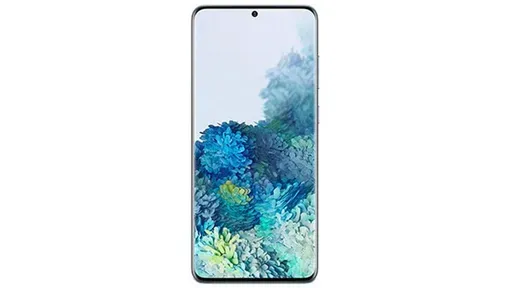
By /Jun 4, 2025
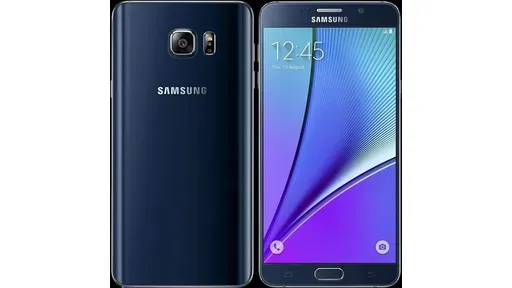
By /Jun 4, 2025
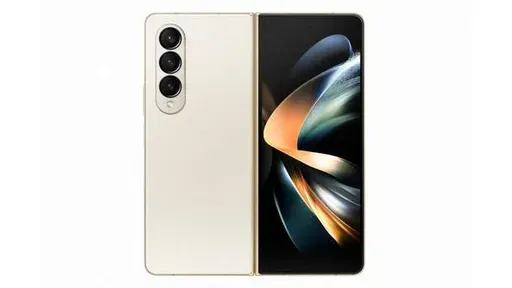
By /Jun 4, 2025
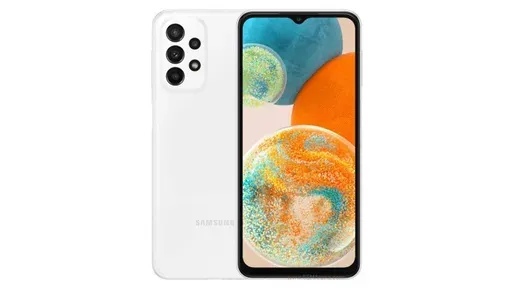
By /Jun 4, 2025

By /Jun 4, 2025

By /Jun 4, 2025

By /Jun 4, 2025

By /Jun 4, 2025
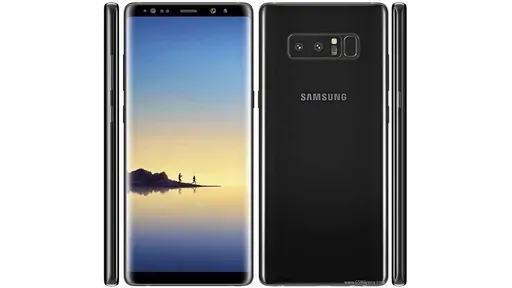
By /Jun 4, 2025

By /Jun 4, 2025

By /Jun 4, 2025
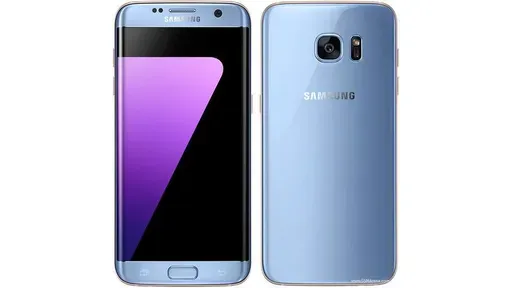
By /Jun 4, 2025
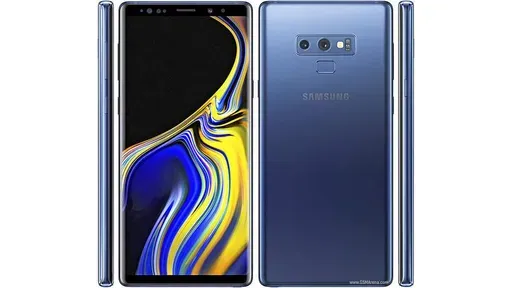
By /Jun 4, 2025

By /Jun 4, 2025

By /Jun 4, 2025
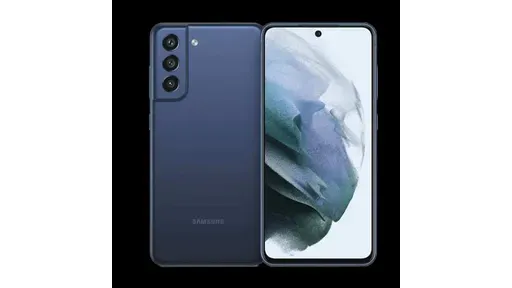
By /Jun 4, 2025

By /Jun 4, 2025
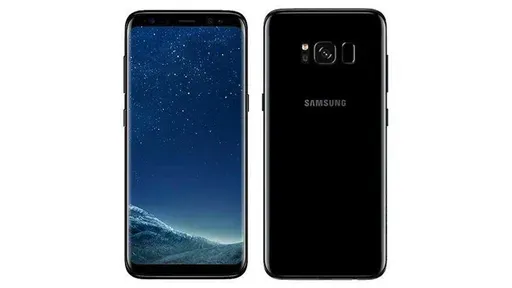
By /Jun 4, 2025

By /Jun 4, 2025
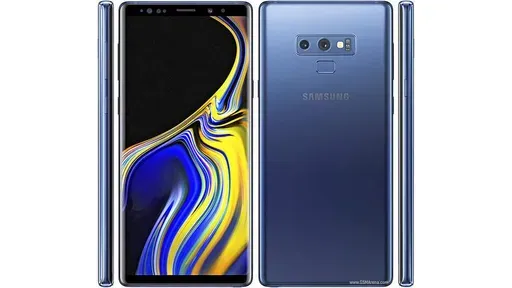
By /Jun 4, 2025
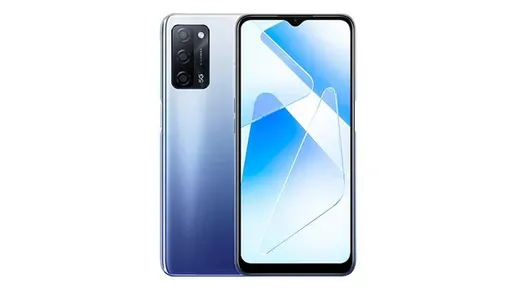
By /Jun 4, 2025
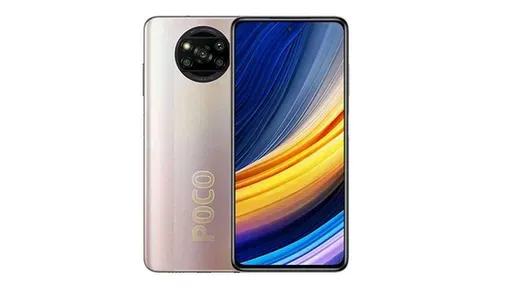
By /Jun 4, 2025
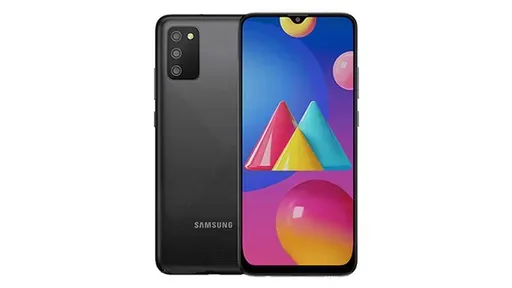
By /Jun 4, 2025
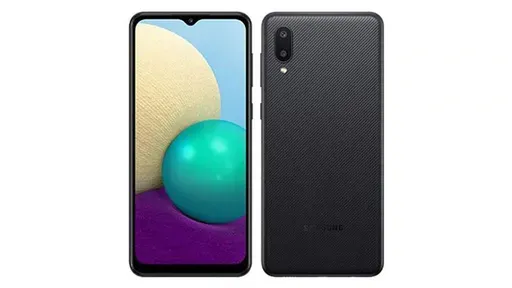
By /Jun 4, 2025
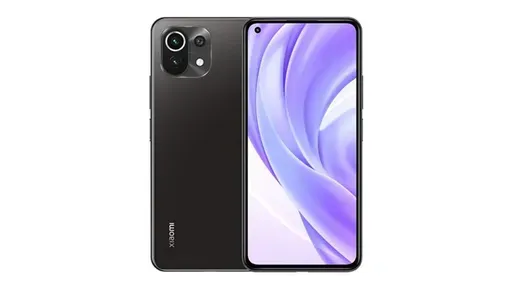
By /Jun 4, 2025

By /Jun 4, 2025
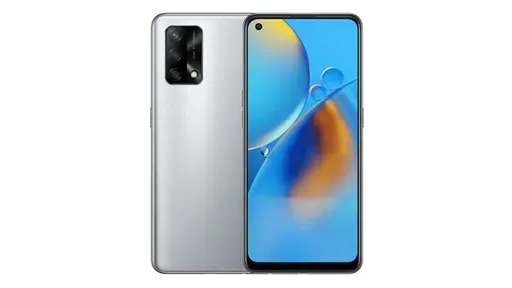
By /Jun 4, 2025
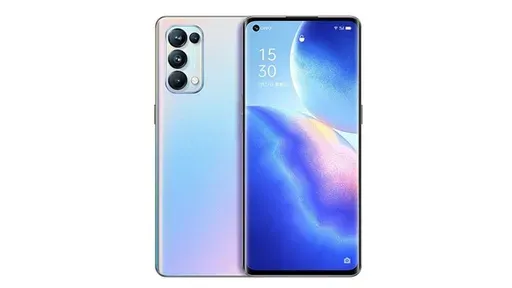
By /Jun 4, 2025
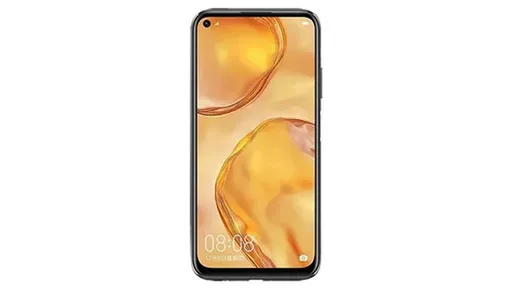
By /Jun 4, 2025

By /Jun 4, 2025

By /Jun 4, 2025